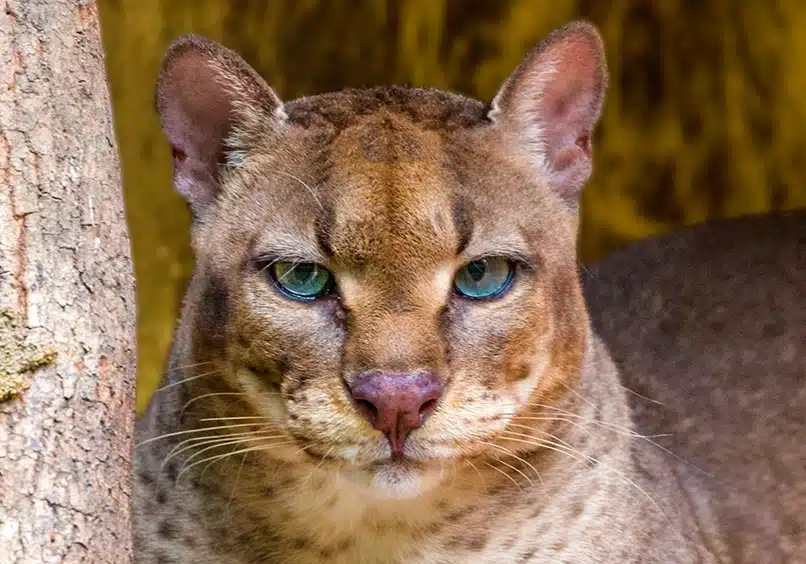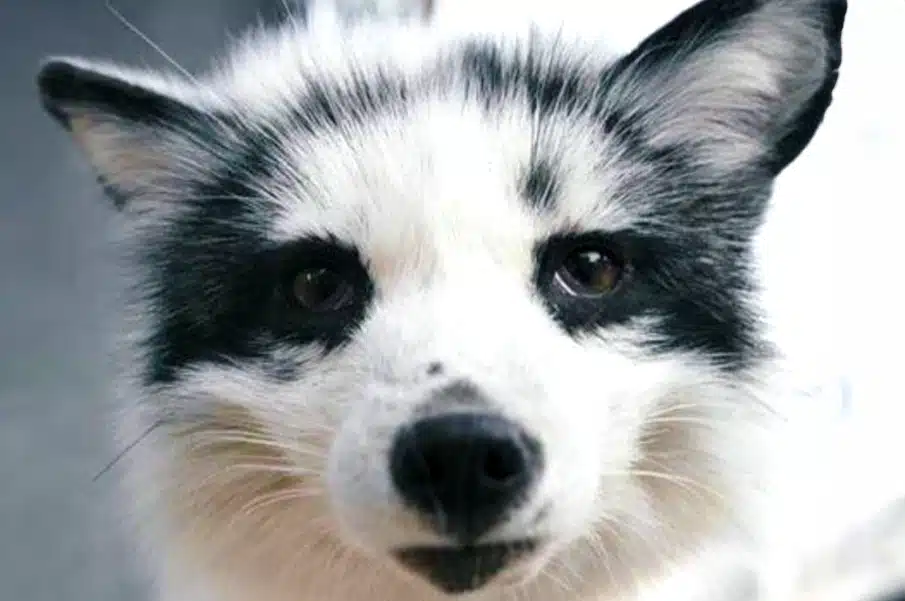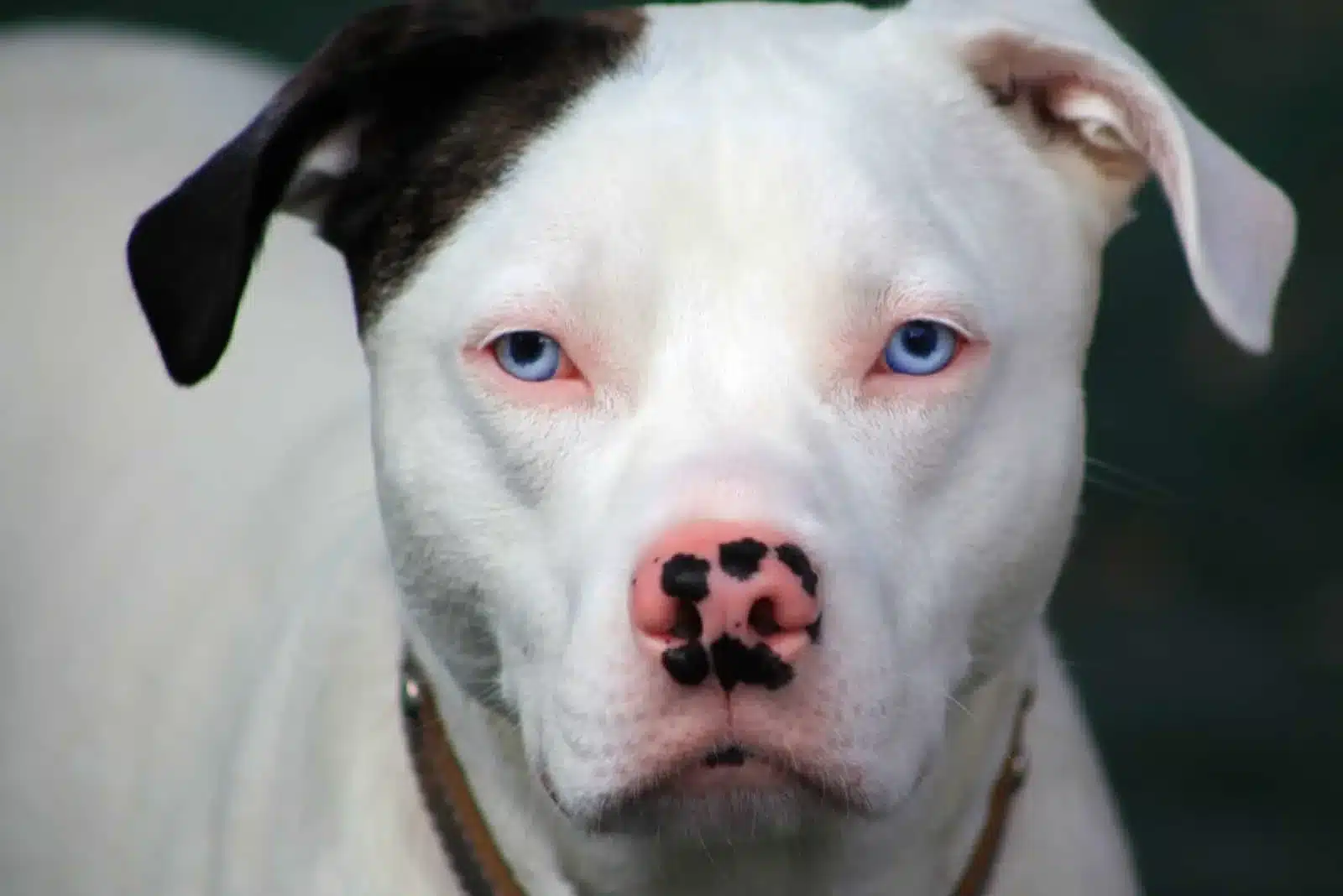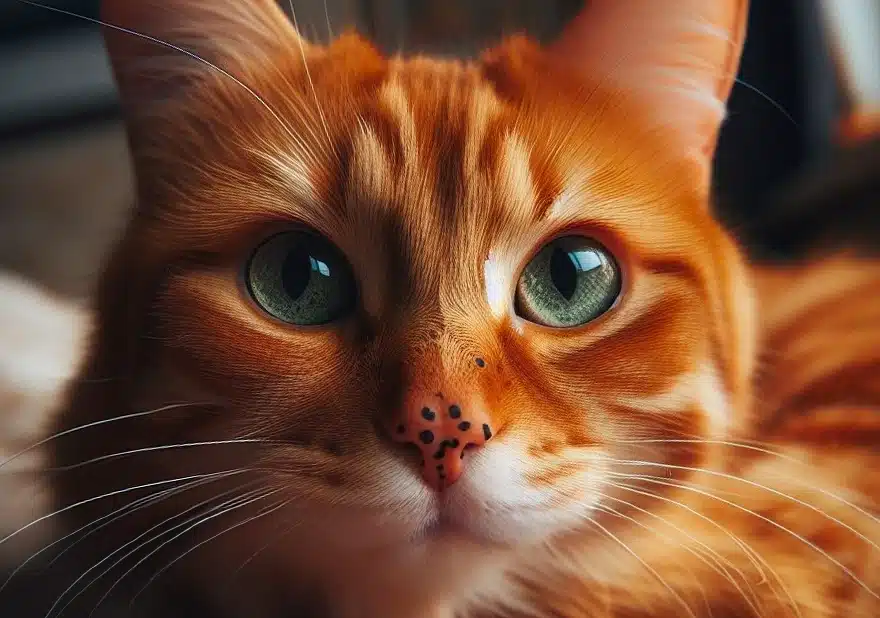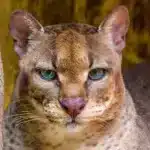Cassowary Attacks: Why It’s The World’s Most Dangerous Bird
Ads Disclosure ?
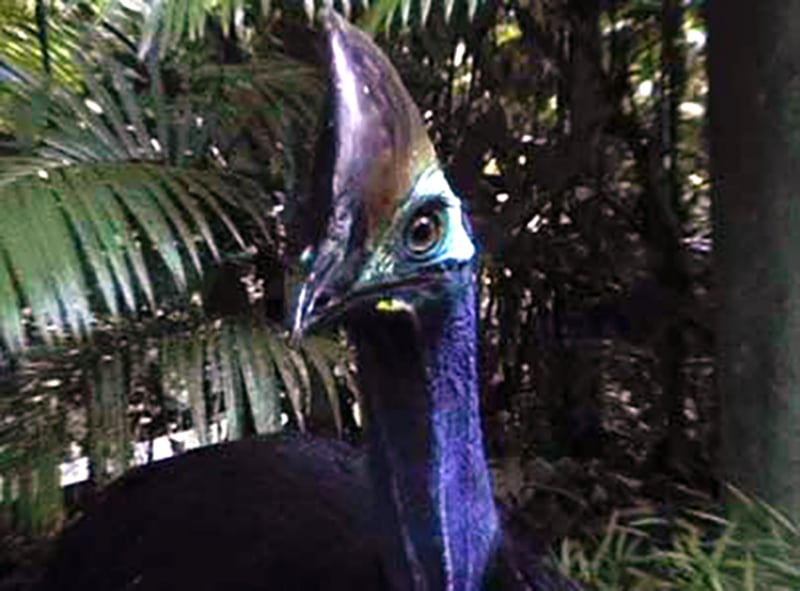
The cassowary is often shrouded in an aura of mystery and intrigue, earning a formidable reputation as the most dangerous bird on Earth. With its prehistoric appearance and powerful physique, this flightless bird commands attention and respect in the animal kingdom. Known for its striking blue face and horn-like crest atop its head, the cassowary is not just a sight to behold but also a creature of fascinating and sometimes frightening characteristics.
So without further ado, let’s explore the reasons behind its title as the world’s most dangerous bird. From their potentially lethal kicks to their surprising agility, here are some scary facts about the cassowary that clearly showcase why this bird is one to be both admired… and feared.
Jump To Section
The Phillip McClean Incident
Queensland, Australia. Phillip McClean, a 16 year-old boy, and his brother, three years his junior, encounter a cassowary. Despite the size of the brightly colored flightless bird before them, the McClean brothers attempt to bludgeon it with clubs. It is a fatal mistake. Armed with its long- and sharp-clawed foot, the bird kicks the younger boy, who flees. His elder brother lands a blow on the massive bird but is knocked to the ground. Lying prone, Philip is kicked in the neck by the cassowary, opening a deadly wound. The boy manages to get up and run but dies shortly afterward as a result of a hemorrhaging blood vessel in his neck.
Cassowary Attacks
Philip McClean’s death took place in 1926, but attacks on humans by the cassowary – viewed by many as the most dangerous bird alive – are not uncommon. Such incidents happen every year in northern Queensland, most often involving a bird that has been fed by people, and usually with it chasing or charging the victim. Humans aren’t the only targets, either. In 1995, a cassowary struck a dog in the belly, and while it did not pierce the skin, there was severe bruising and the dog later died from internal injuries. If disturbed or made to feel threatened, this otherwise shy bird can be extremely aggressive.
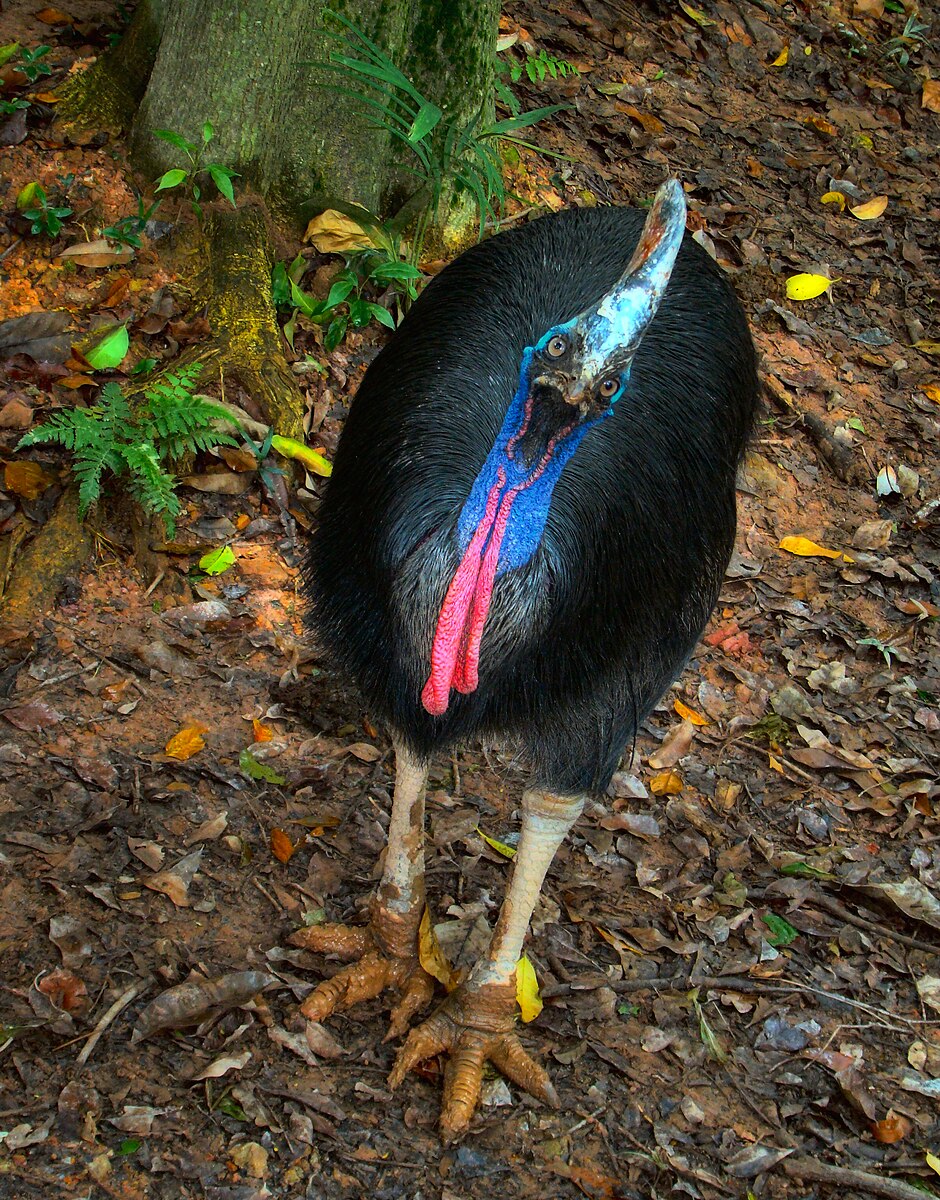
Keep Clear of their Massive Claws
The southern cassowary is one of the largest birds on the planet – only its relatives the emu and the ostrich are bigger – the female reaching almost 6 and a half feet tall (about 2 meters) and weighing 130 pounds (almost 60 kg). It is the only bird in the world with any sort of protective armor, a helmet-like crest that protects its head as it darts through the dense rainforest scrub – which definitely makes it look descended from dinosaur stock. Yet it is the cassowary’s feet that really solidify its reputation as the most lethal avian: One of the claws on its stout, three-toed foot is dagger-like and 5 inches (12cm) long, and some experts have claimed it can easily disembowel a man.

They Are Deceptively Fast
Reports of the cassowary having the ability to eviscerate or dismember humans and dogs with a single kick may sound like myth, but you certainly wouldn’t want to find out by being on the receiving end of a lunge when it lashes out. Another point to bear in mind: while this brawler of a bird is unable to fly, it is a good swimmer and on land it sure can shift, attaining speeds of up to 30 miles per hour (50 km/h) and jumping to heights of up to 5 feet (1.5 meters). Quickly climbing a tree could be your only option if confronted by a cassowary – just make sure the tree isn’t dropping fruit, as this fiercely territorial bird will defend such food stores for days.
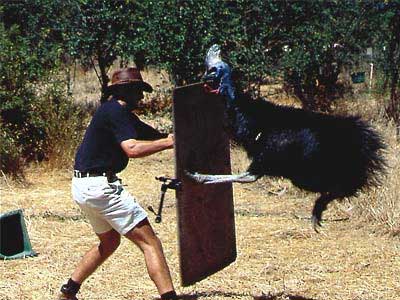
Cassowaries Are Caring Parents – And Endangered
But let’s not demonize the creature with all this talk of its supposed vicious nature. The cassowary is a caring parent – or at least the male is: after the female has laid her 3-8 eggs, this new man of the natural world incubates them for 2 months, then protects the chicks for a further 9. The reclusive cassowary can live for over 60 years, yet this wise old bird is in fact endangered. The main reason for its population decline is the clearance of its rainforest habitat, but it is also at risk from motor vehicles, dog attacks, hunters and rival omnivores: feral pigs. So consider the plight of the cassowary, which isn’t as tough as it seems.
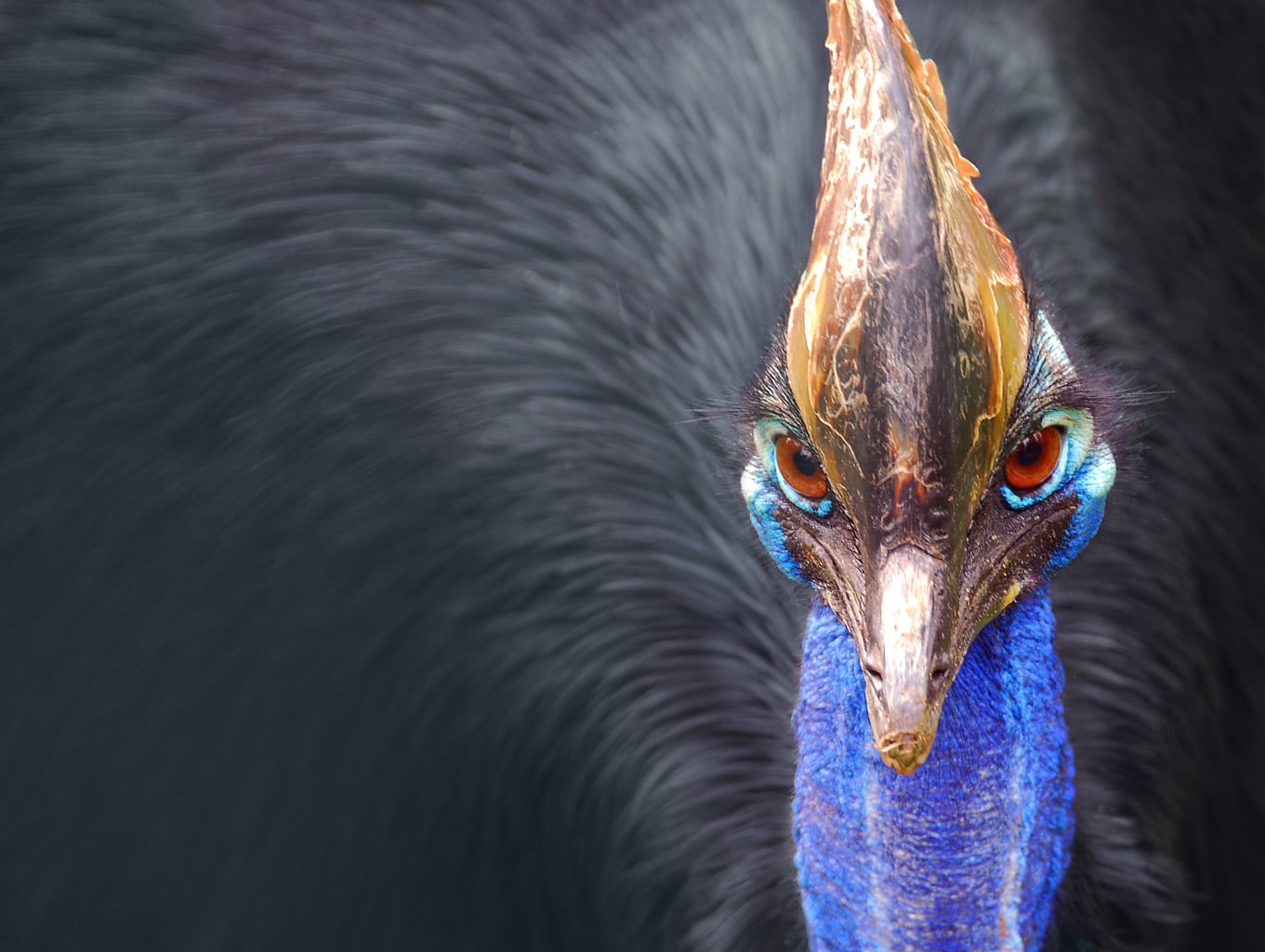
Captured on Video
Watching these wild encounters in action is not necessarily a pretty sight.
Here are more reminders to please give these birds ample personal space:
While they may pose a risk if provoked or threatened, it’s important to remember that these birds are primarily interested in maintaining their own space in their natural habitat. Respecting this distance allows us to appreciate the cassowary from a safe perspective, marveling at one of nature’s most impressive species.
Whether seen as a modern-day velociraptor or simply a misunderstood giant, the cassowary undoubtedly remains one of the most fascinating creatures to grace our planet!

